New Energies & Sustainability
Analyzing the forces shaping global financial markets, from geopolitics to macroeconomics
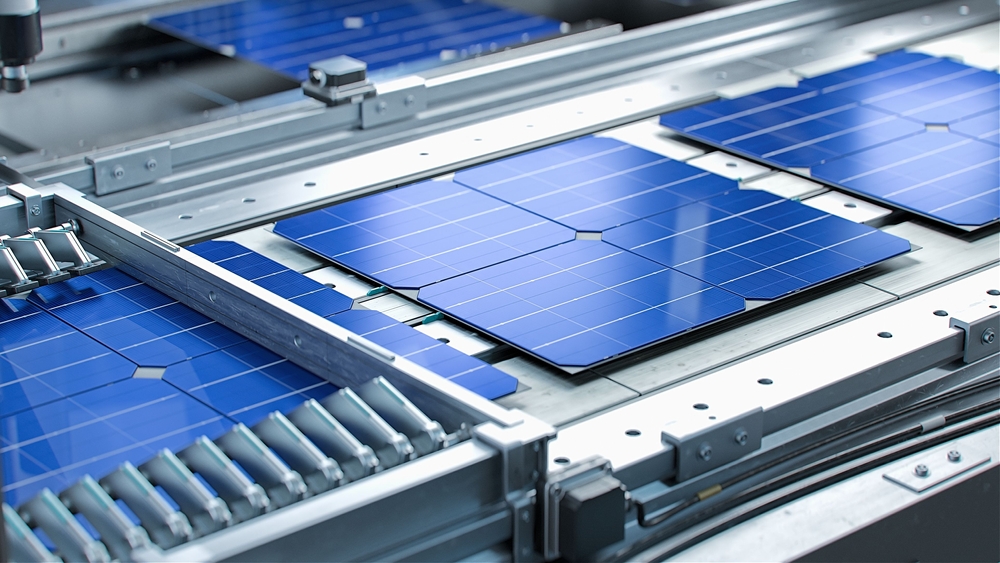
Solar Energy Development in India
India boasts a solar installed capacity of 97.8 GW as of December 2024. The capacity has increased by approx. 24.4 GW from Dec’23-Dec’24, witnessing a percent growth of 28%.Rajasthan is the leading state for solar power generation in India & accounts nearly 26%. During Q4 of CY’2024 a capacity addition of 7 GW was observed in the solar installation till 31st December 2024.
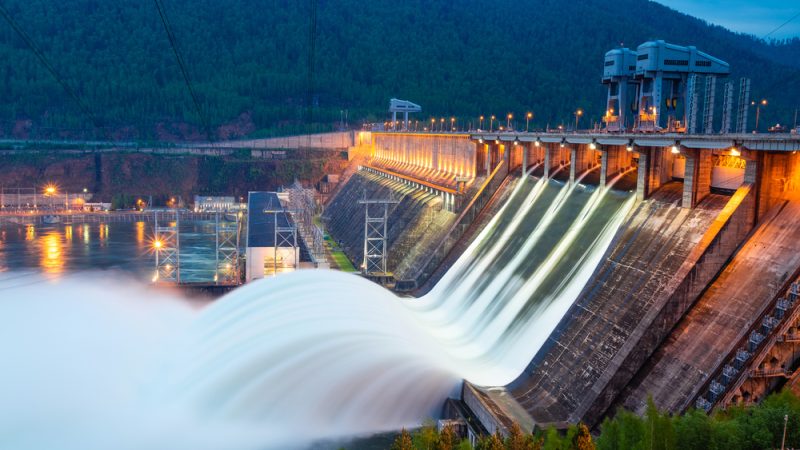
Pumped Storage Hydropower (PSHP) Development in India
As of Dec’2024, India boasted 4745.6 MW installed capacity for PSHP, of which only 3305.6 MW was operational. Till date all the operational PSHP capacity is on-river only. During 2024 about 2100 MW of PSHP capacity was concurred by CEA, while 5050 MW of the capacity was aligned for receiving DPR.
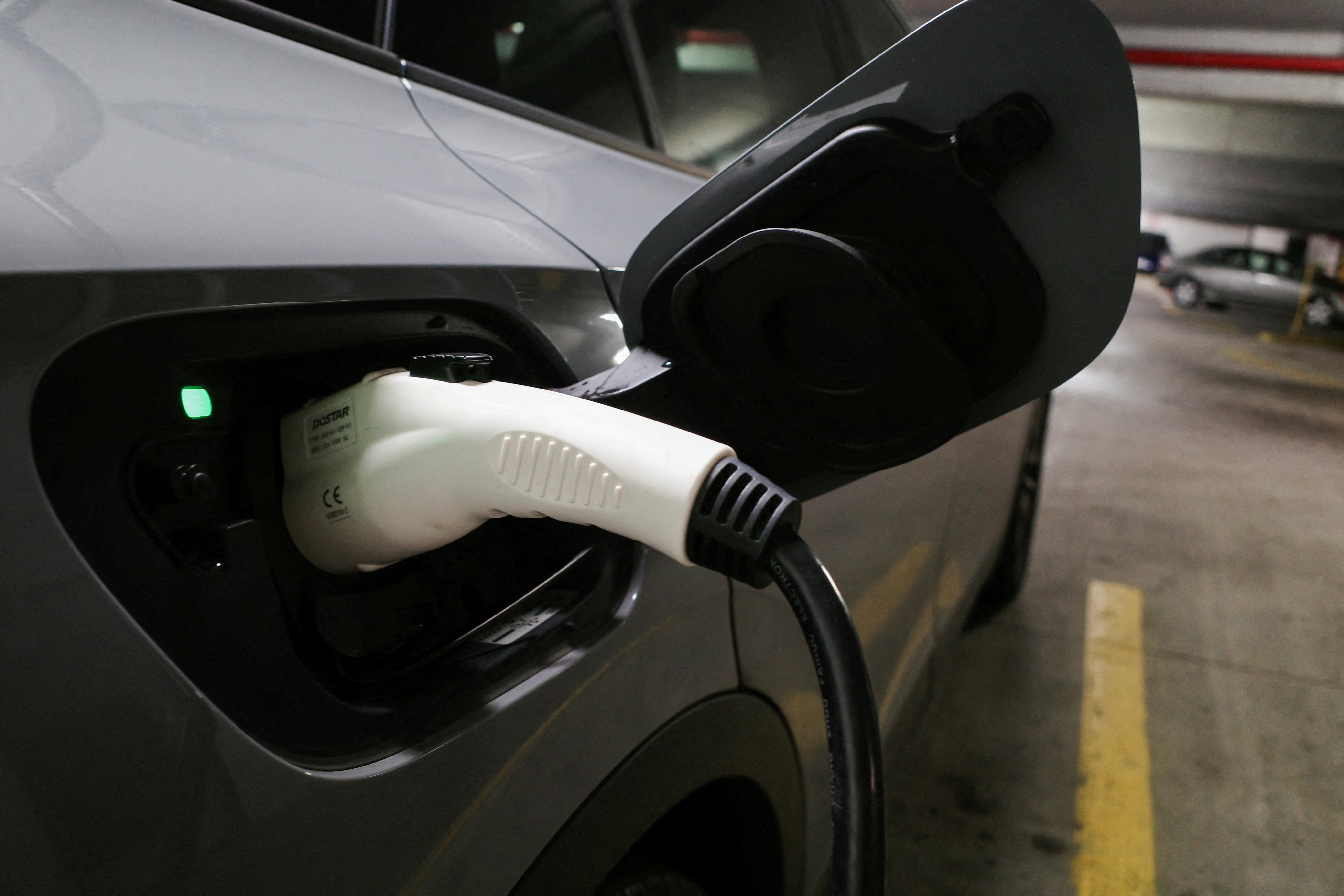
EV Charging Infra Development Status in India
As of December 2024, the total EV Public Charging stations in India stands to be 25,202. Since July-Dec’2024 approximately 8858 EV PCS were installed in the country. The total number of EV public charge points as of Dec’2024 hovers around 40,000 &the fast charging points stands to be approx. 16,000.
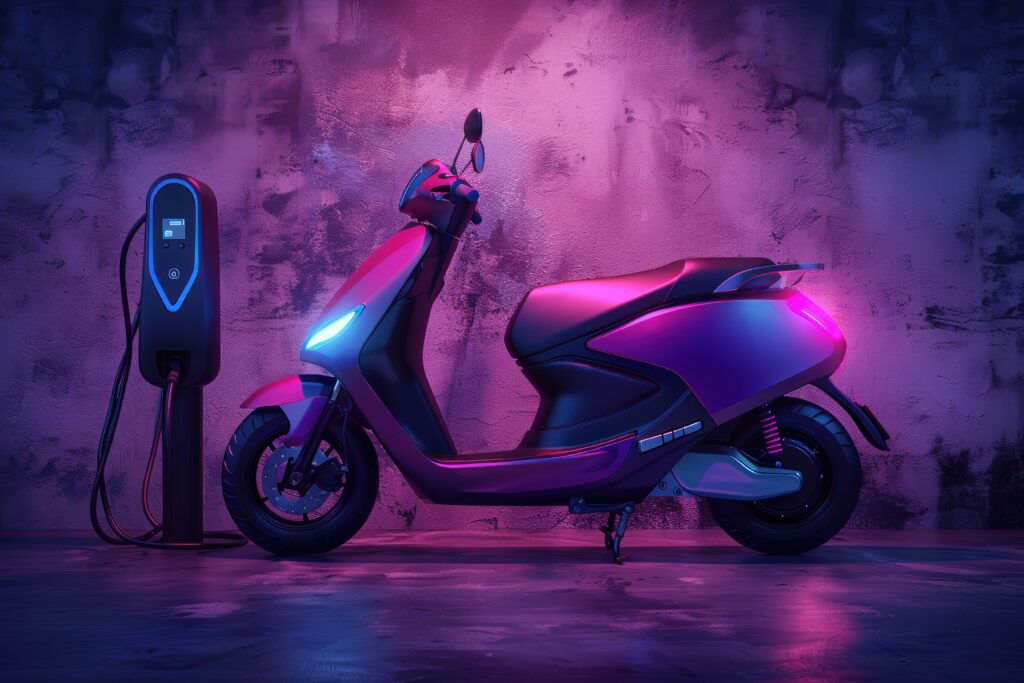
Electric Two-Wheelers Growth Landscape in India
India boasts a total e-2W operational capacity of 29,99,570 units as of January, 2025. The capacity has increased from 860,477 units to 1,148,729 units from Dec’23 to Dec’24, witnessing a percentage growth of 33.49 %. Maharashtra is the leading state in e-2W adoption in India & accounts nearly 18.29%. Q4 of CY 2024 saw maximum e-2W adoption of 333,238 units in the country.

PM KUSUM Scheme Progress in India
The PM-KUSUM scheme aims to target an addition of 34,800 MW of solar capacity by March 2026. As of 31st December 2024, a total of 4,233.23 MW has been achieved under Off Grid/Kusum. Of this, approximately a total of 396.98 MW has been installed under Component A. The total capacity added in 2024 is approx. 231.98 MW.
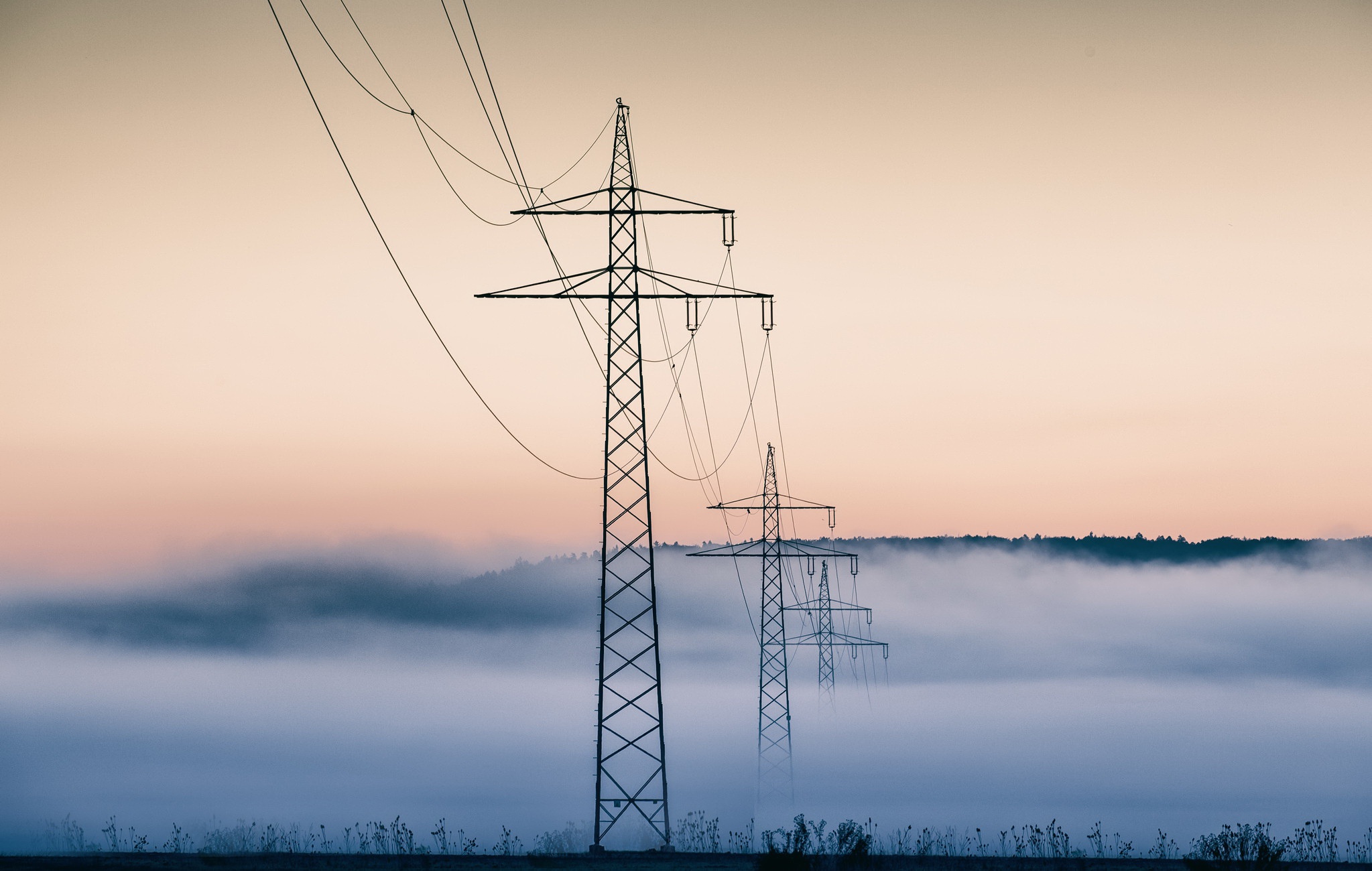
2024 Carbon Credit Trading Framework: Opportunities and Challenges for Market Stakeholders in India
The draft notification establishes a comprehensive framework for carbon credit trading. While it opens new opportunities for market players, it also imposes operational, financial, and compliance challenges. The ultimate success will depend on effective implementation, stakeholder cooperation, and robust regulatory oversight.
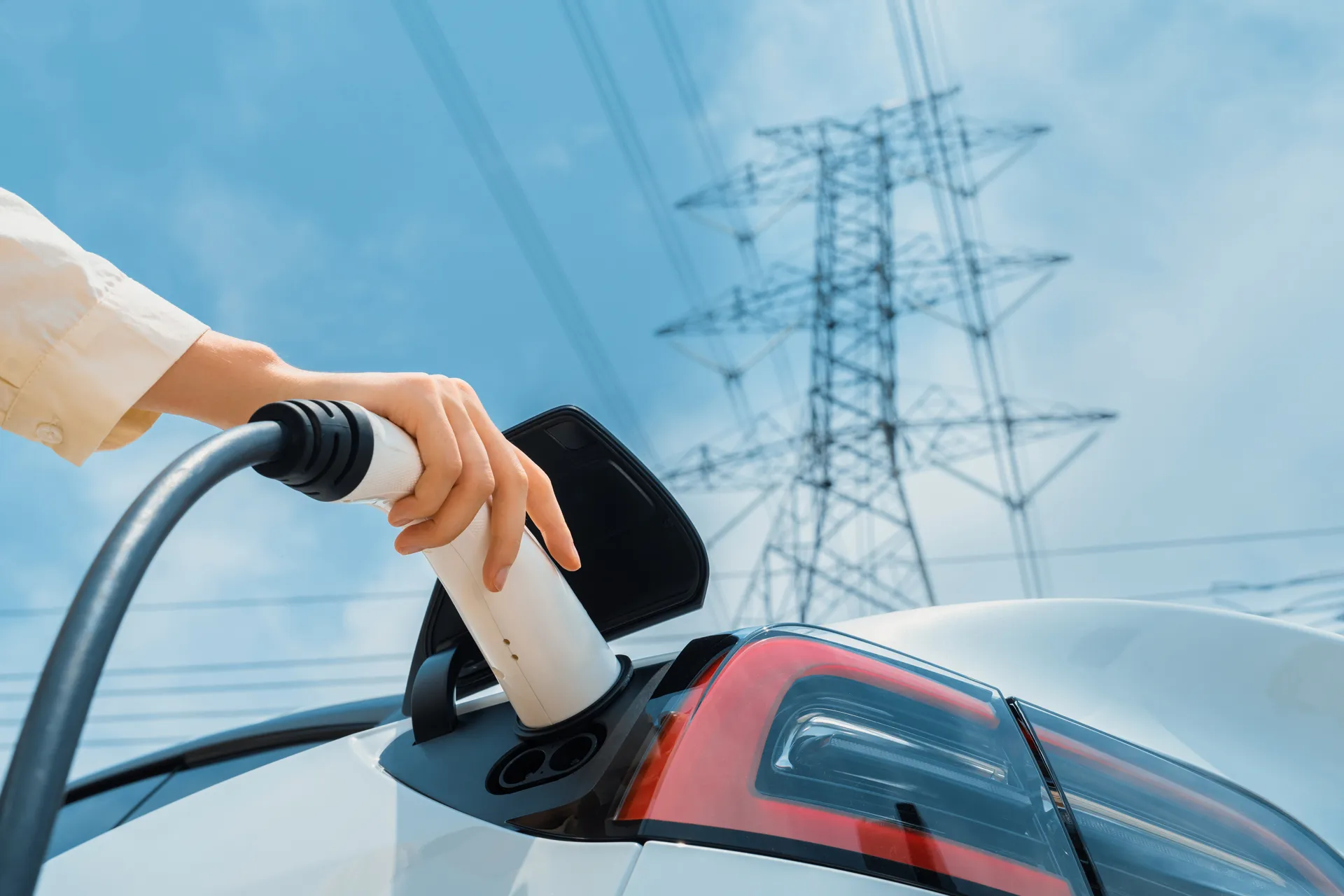
Charged Up: Six Reasons Why Storage Will Power the Transition
The fragility of current grid infrastructure is now the biggest obstacle to a net-zero power system. Today’s grids, already strained by rising demand and extreme weather, are unprepared for projected electricity load growth over the next decade.
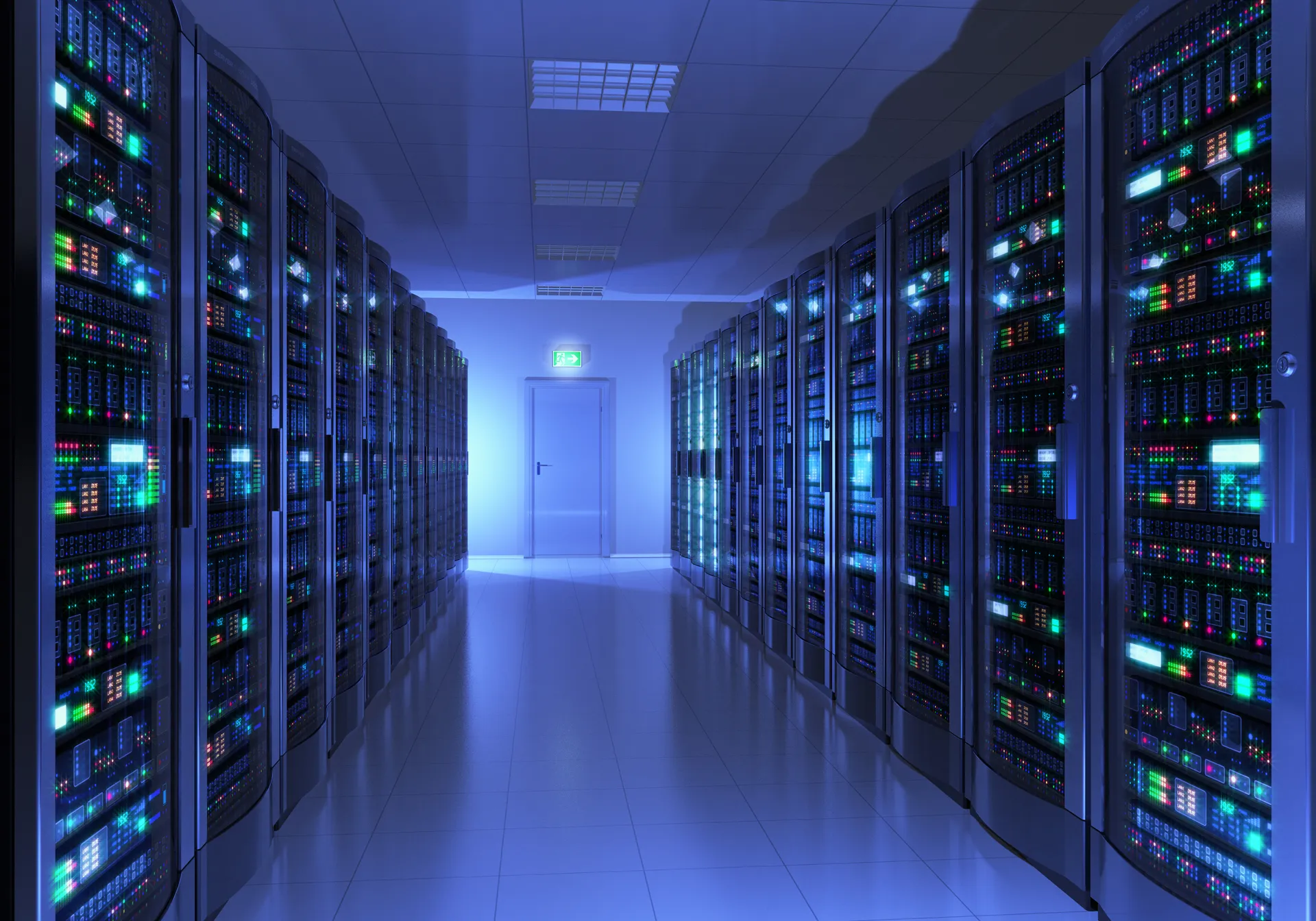
How Data Centers Are Shaping the Future of Energy Consumption
If it feels like GPUs (Graphics Processing Units) are suddenly everywhere, it’s because they are. GPUs drive computation across a wide range of industries and applications, from big data analytics to machine learning.